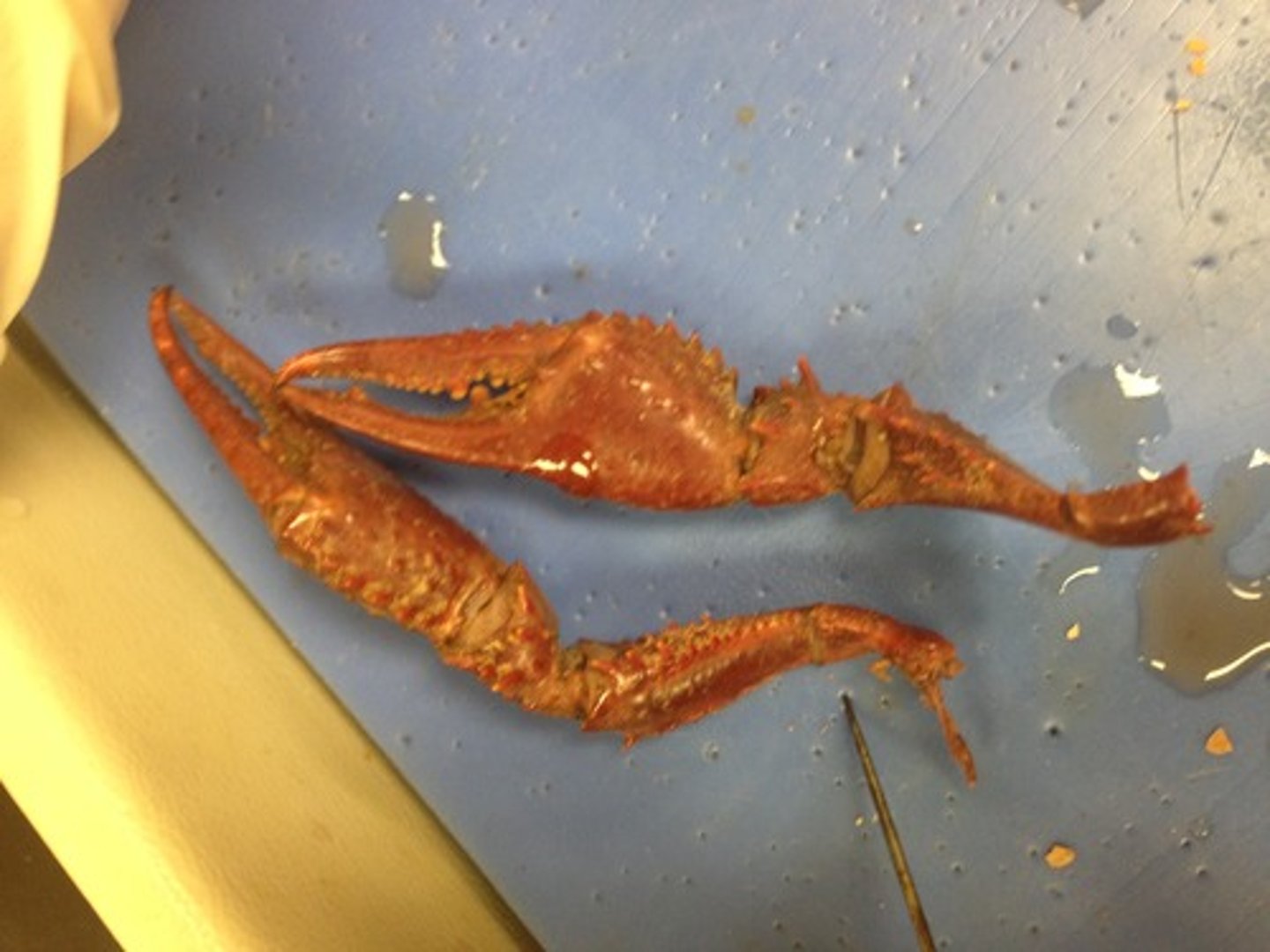Exploring Creation with Biology - Module 12 - Vocabulary
1/36
There's no tags or description
Looks like no tags are added yet.
Name | Mastery | Learn | Test | Matching | Spaced |
|---|
No study sessions yet.
37 Terms
Exoskeleton
A body covering, typically made of chitin --
provides support and protection
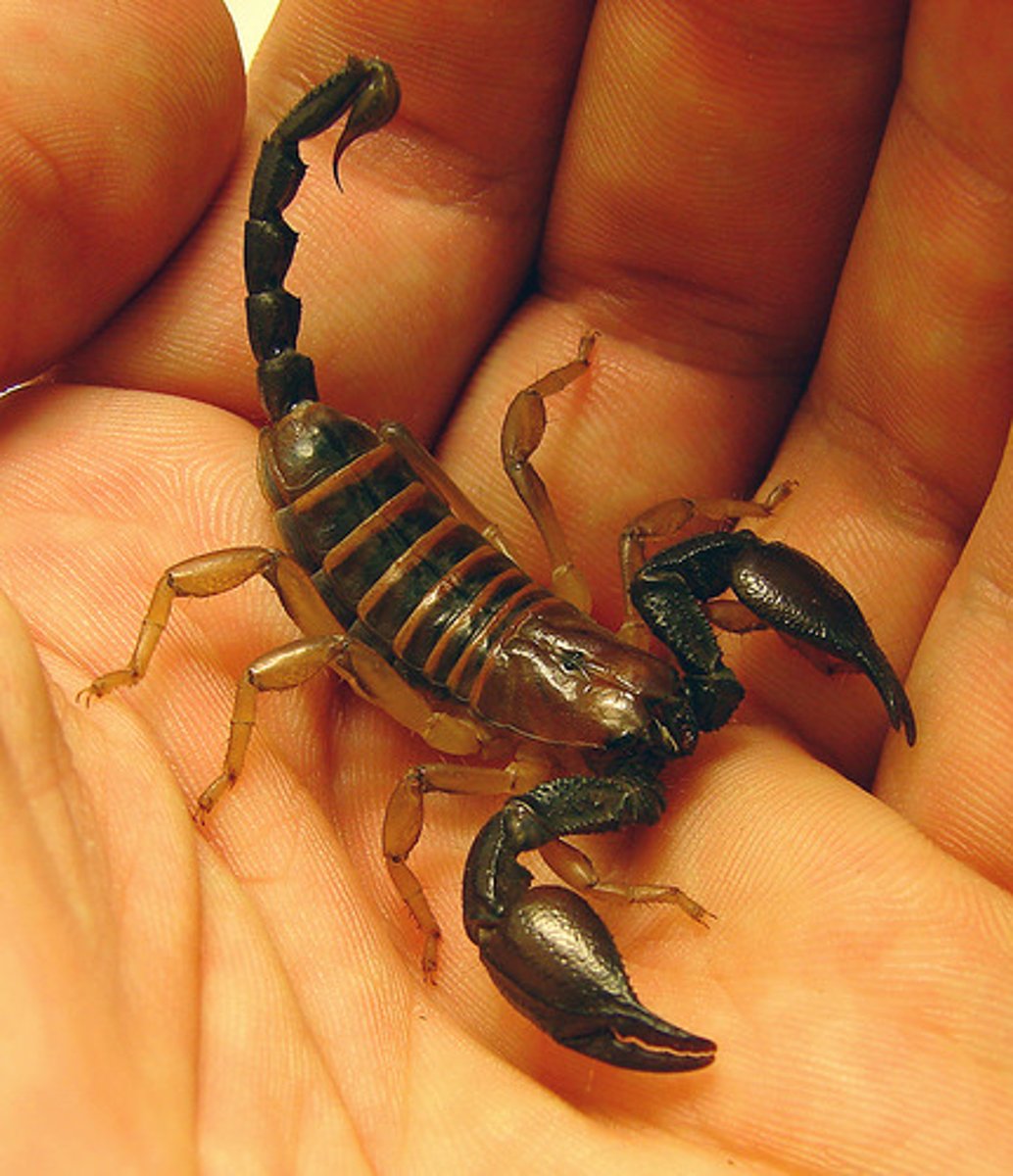
Molt
To shed an old exoskeleton so it can be replaced with a new one -- takes place when growing bodies get too large for the old exoskeleton

Thorax
The body region between the head and the abdomen (b)
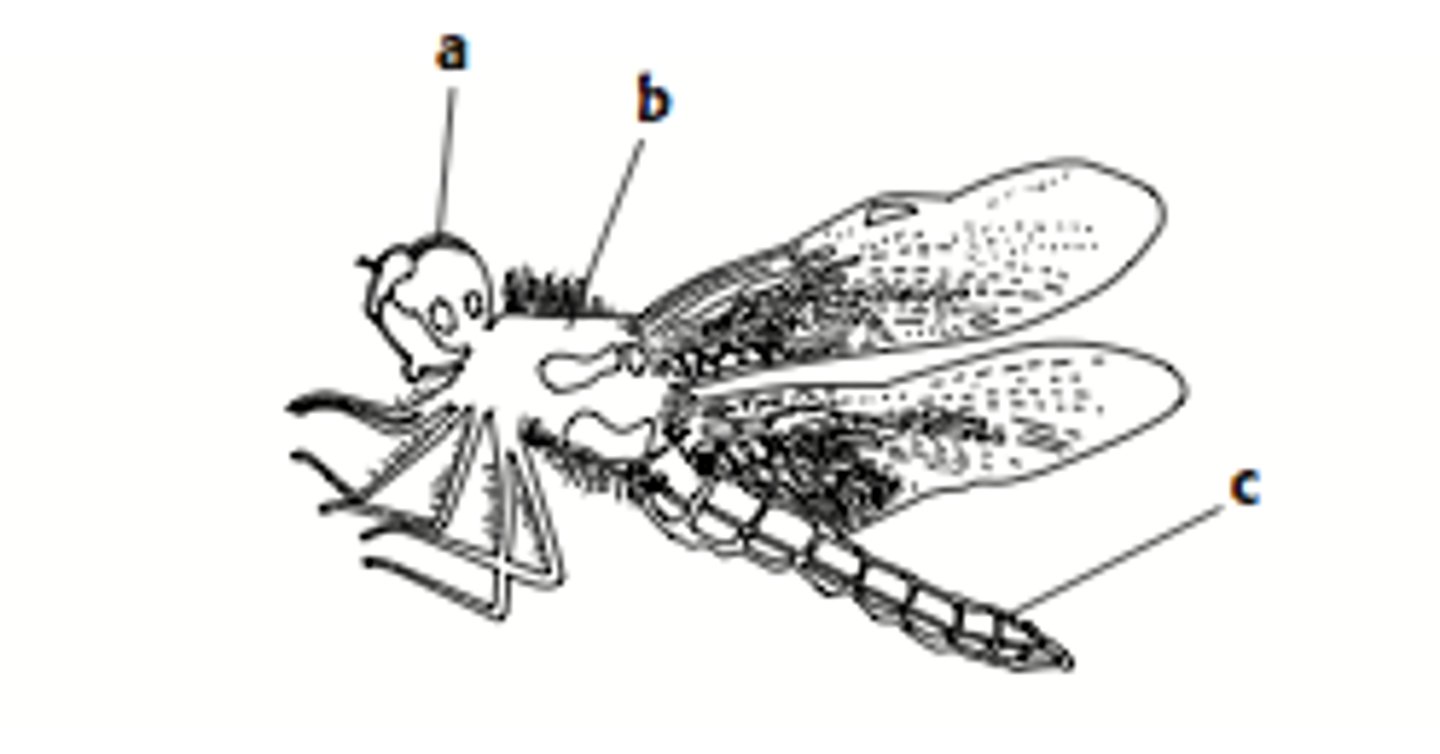
Abdomen
The body region posterior (behind) the thorax
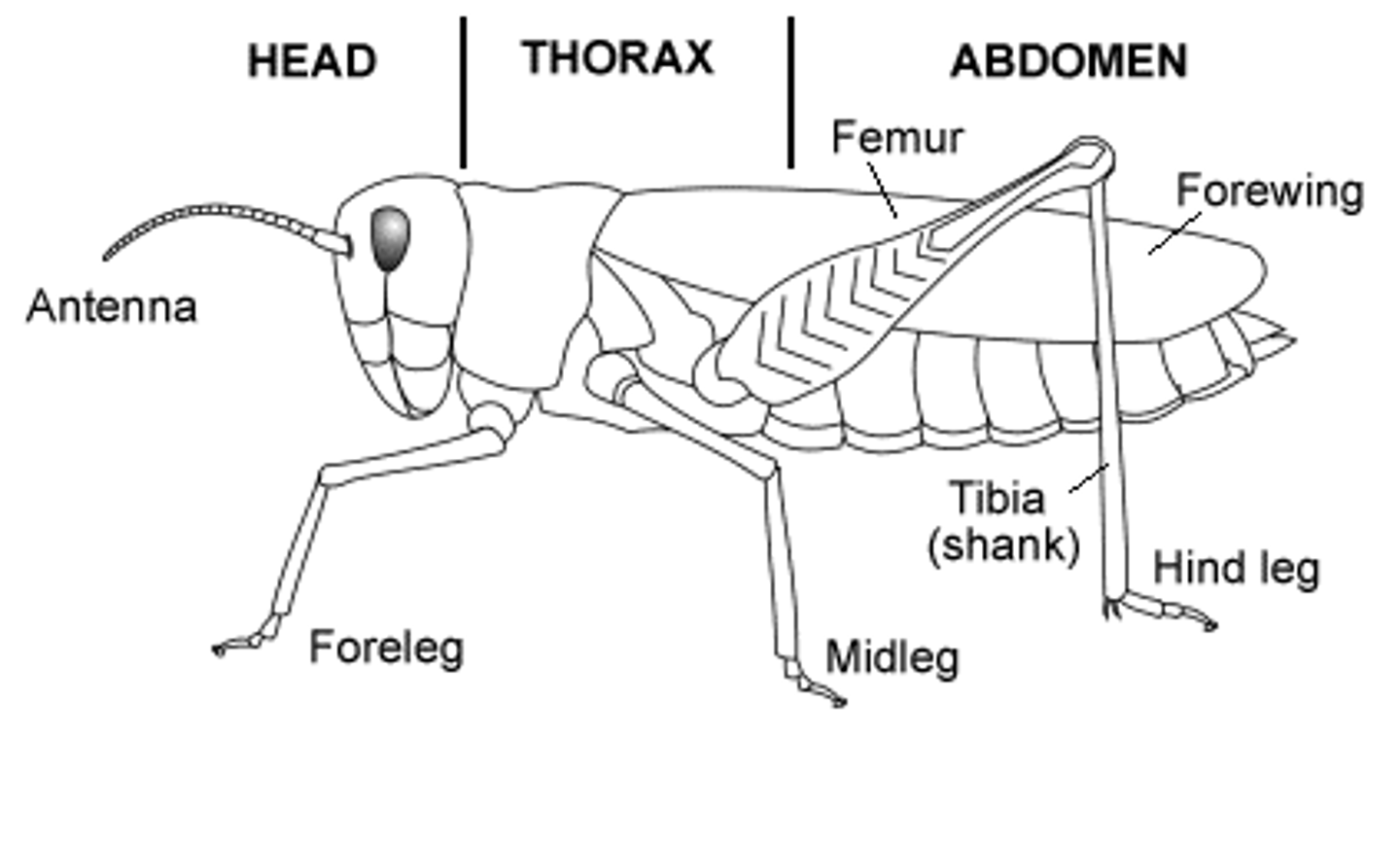
Chephalothorax
A body region comprised of a head and thorax fused together
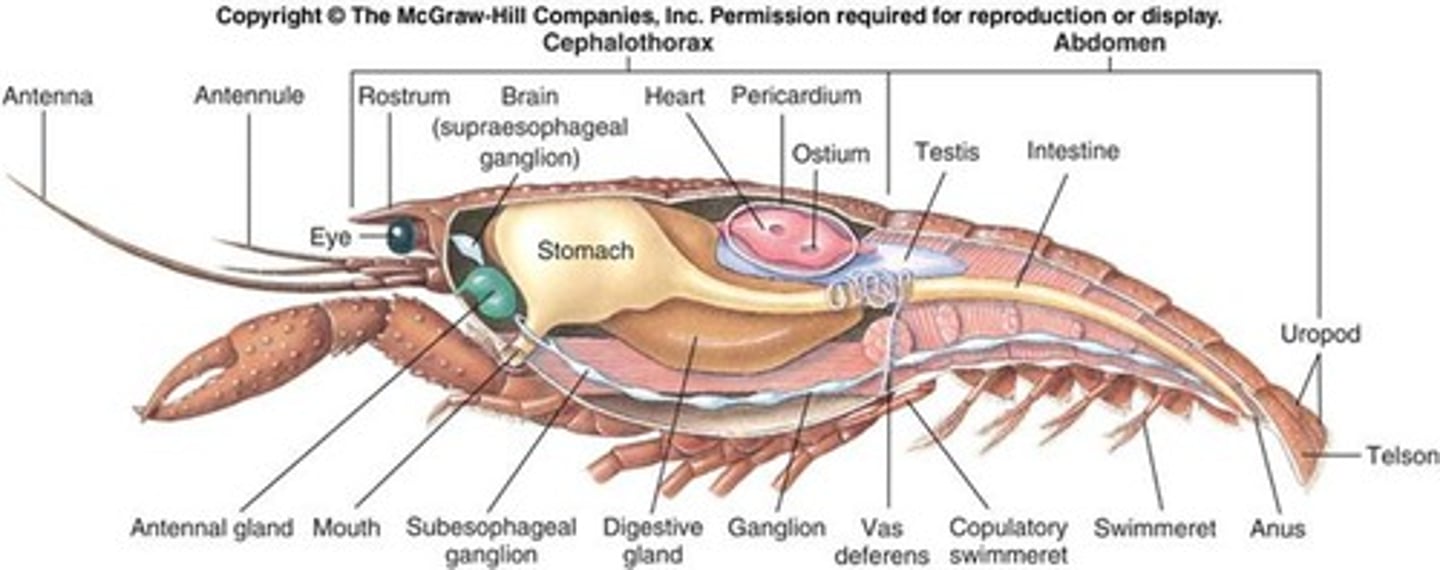
Compound eye
made of many lenses, each with a very limited scope

Simple eye
only one lens

Open circulatory system
allows blood to flow out of the blood vessels and into various body cavities so cells are in direct contact with blood

Statocyst
organ of balance in a crustacean
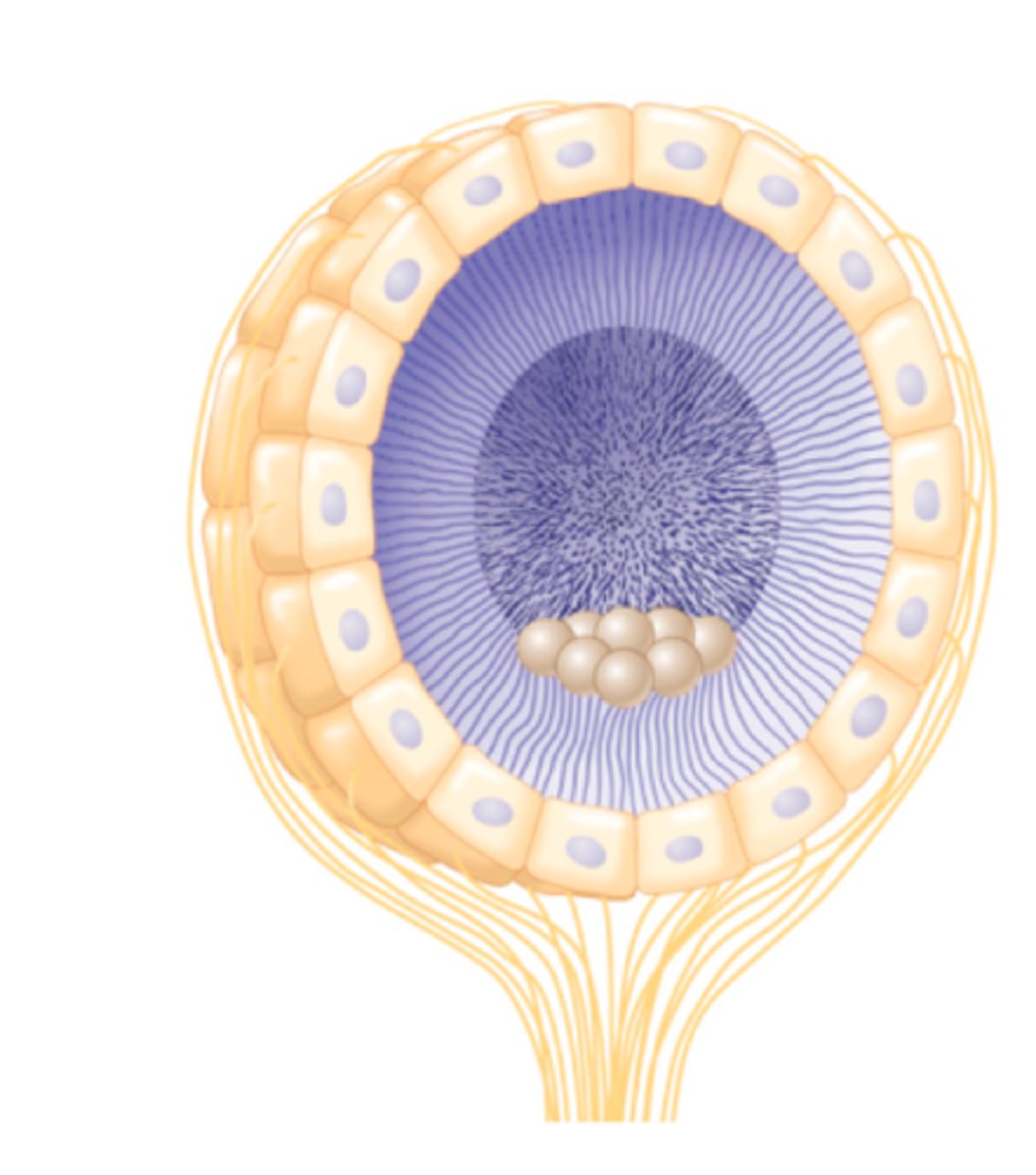
Gonad
organ that produces gametes
Complete metamorphosis
Four stages: egg, larva, pupa, and adult
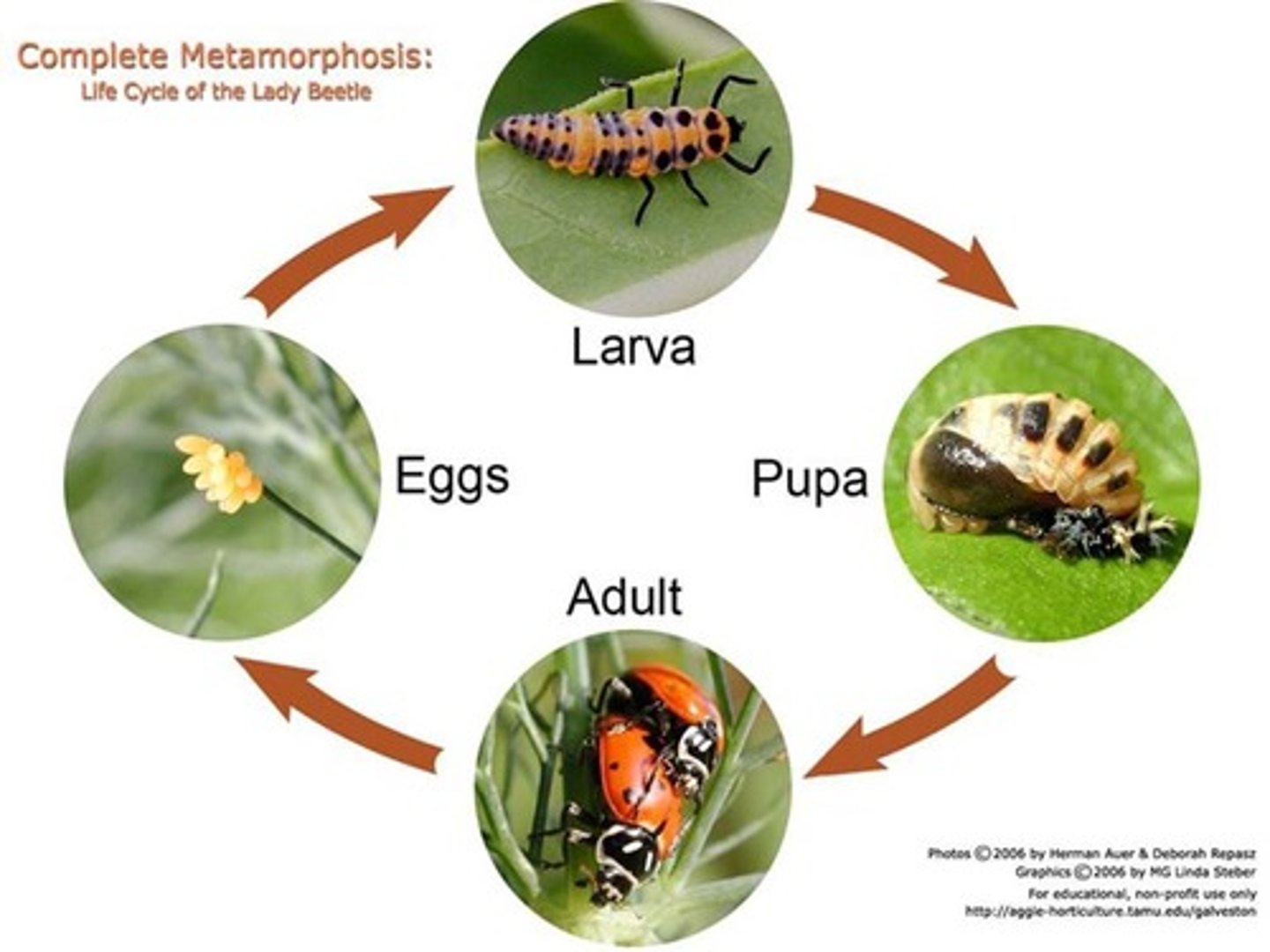
Incomplete metamorphosis
Three stages: egg, nymph, adult
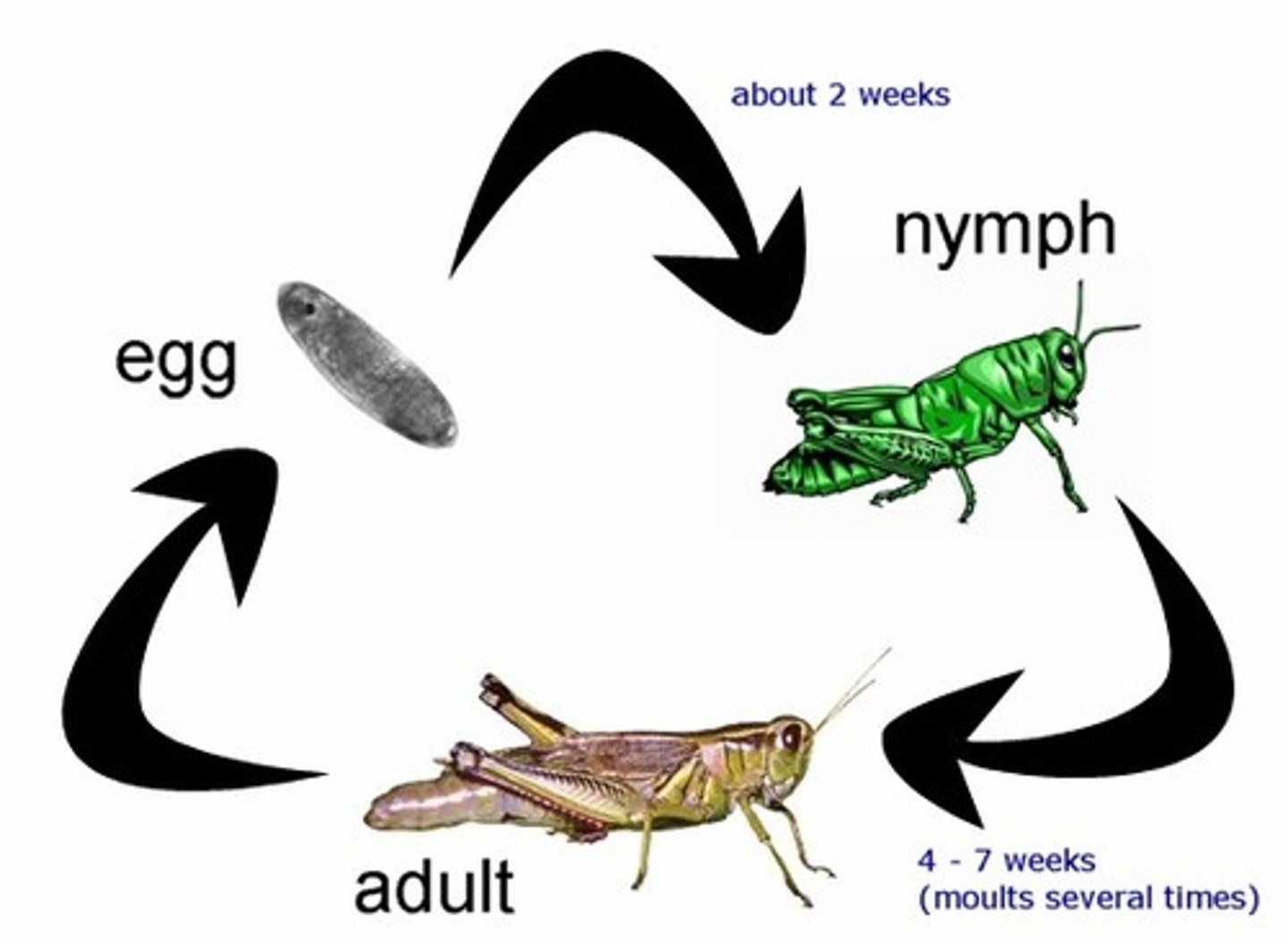
Antennae
A feeler that is on the head of an invertebrate -- senses touch, taste or smell.
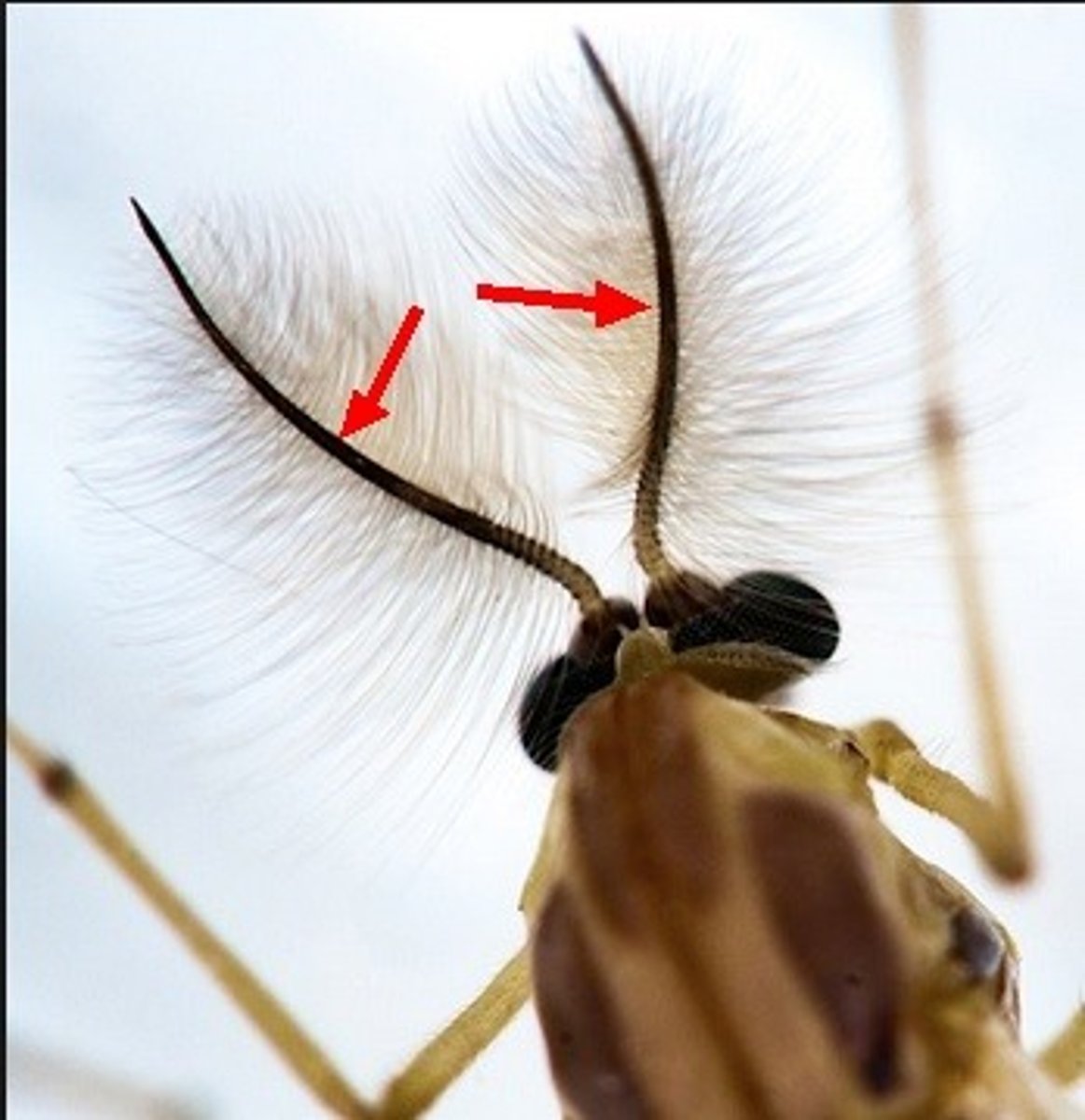
Carapace
a hard plate or shell that covers the sides of the body and protects the gills
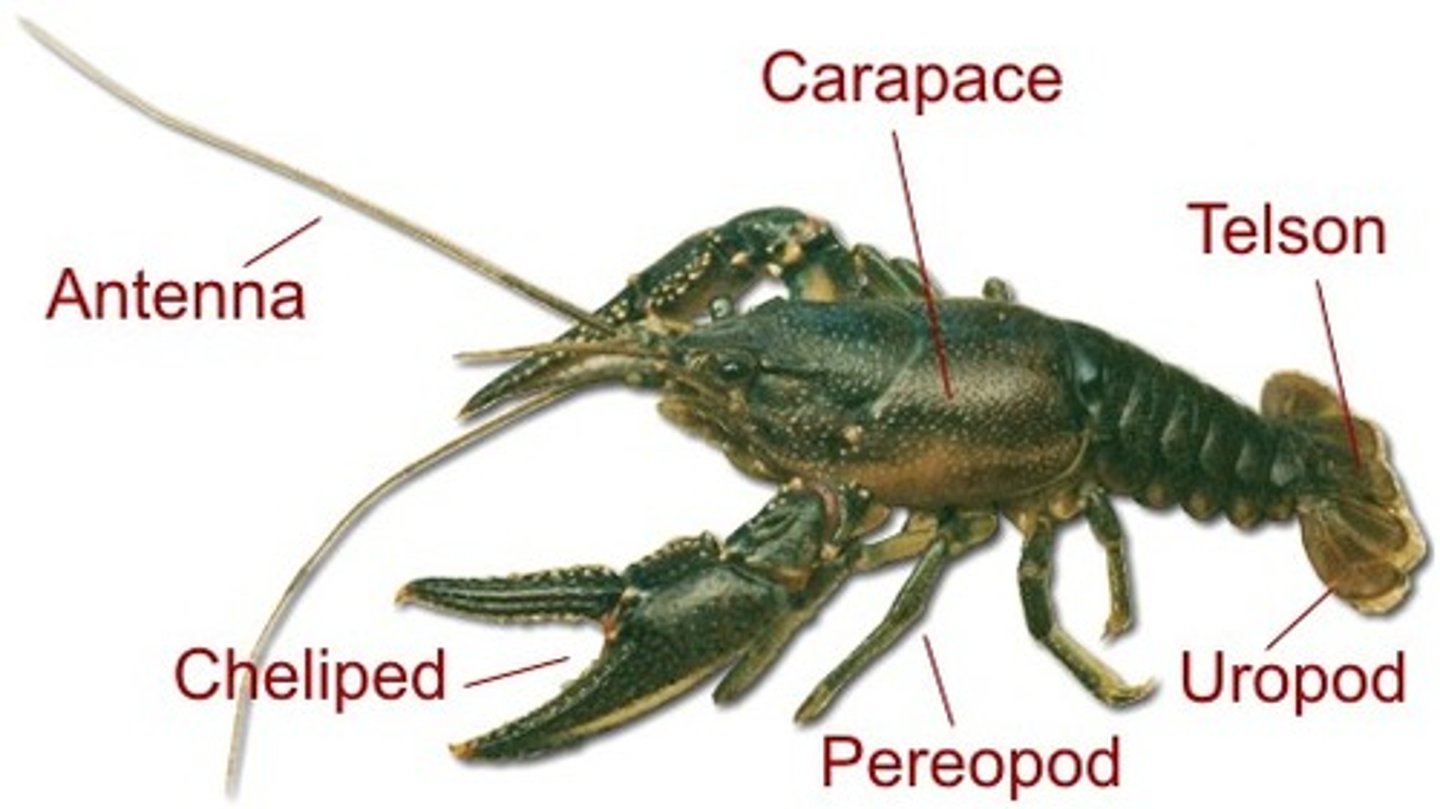
Swimmerets
Five pairs of short appendages under the abdomen/tail of crustaceans used for swimming.
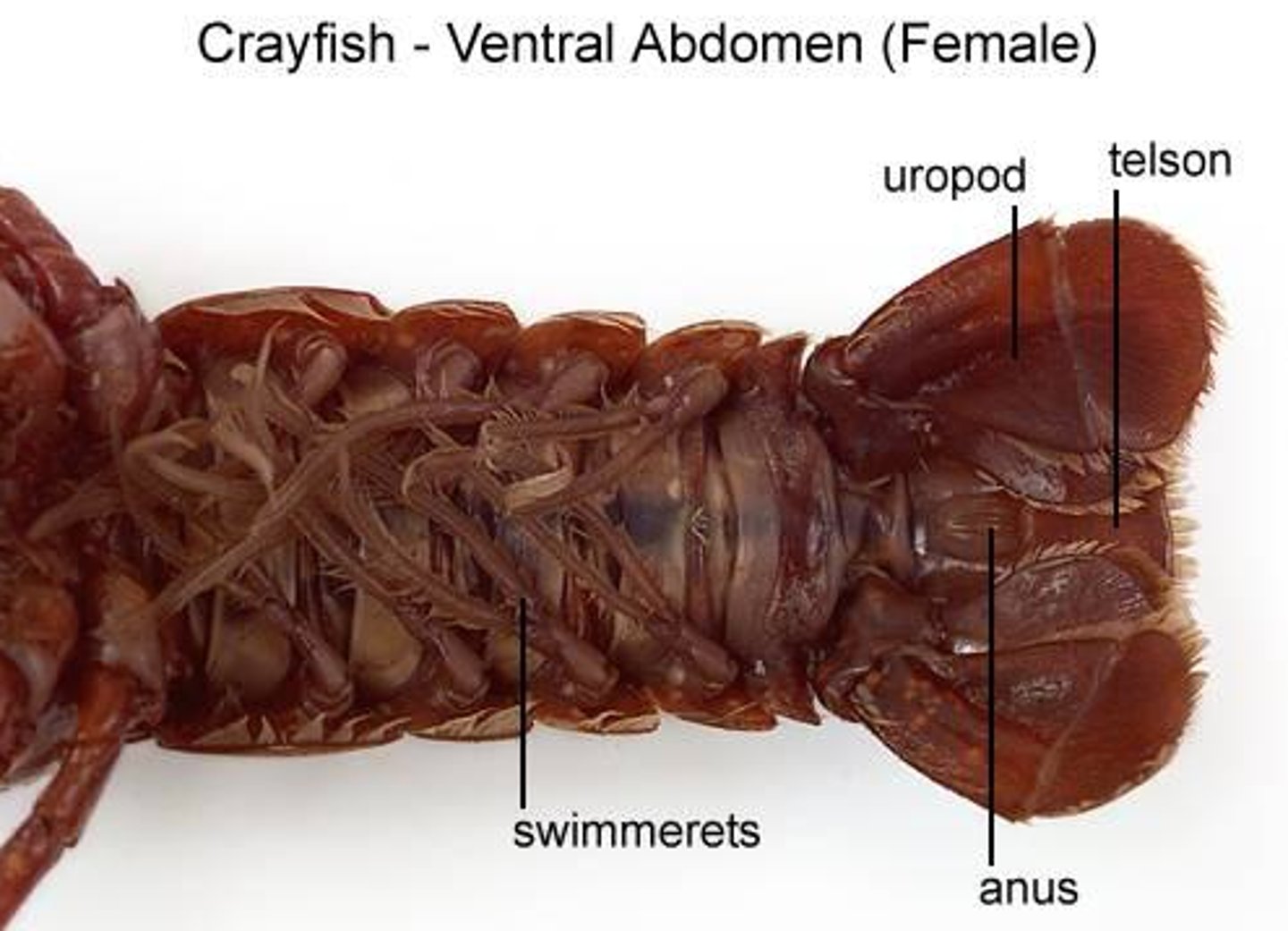
Stomach
large muscular sac that continues the mechanical and chemical digestion of food
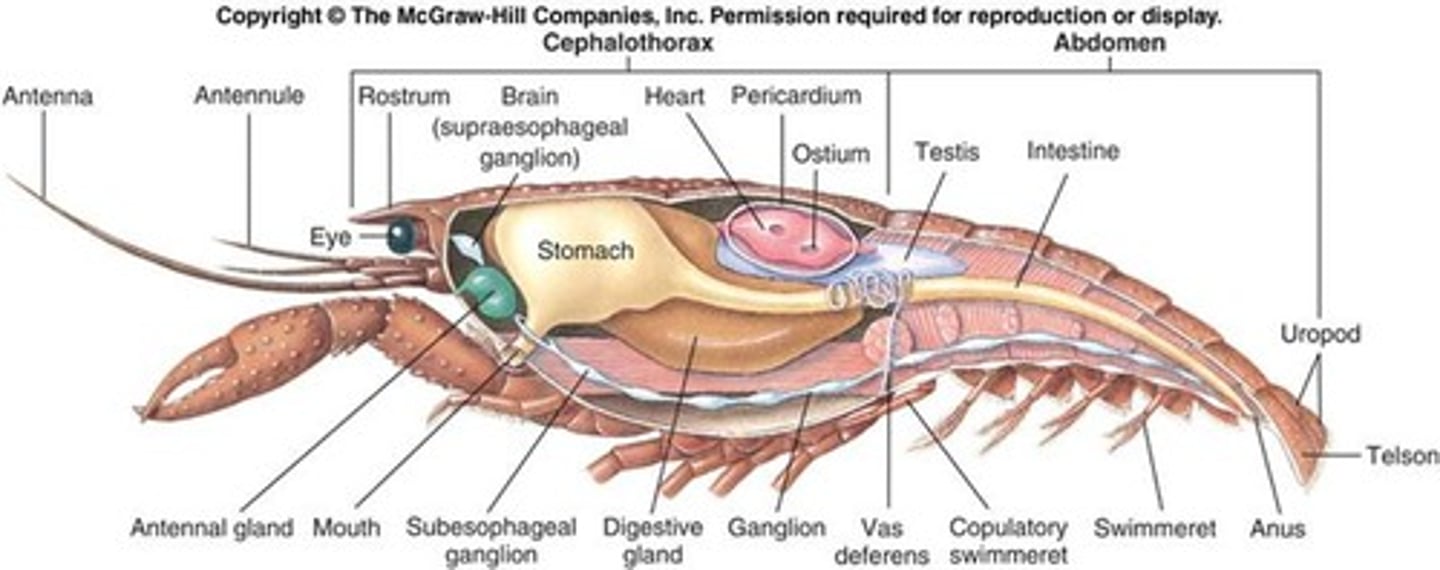
Heart
hollow, muscular organ that pumps blood throughout the body.
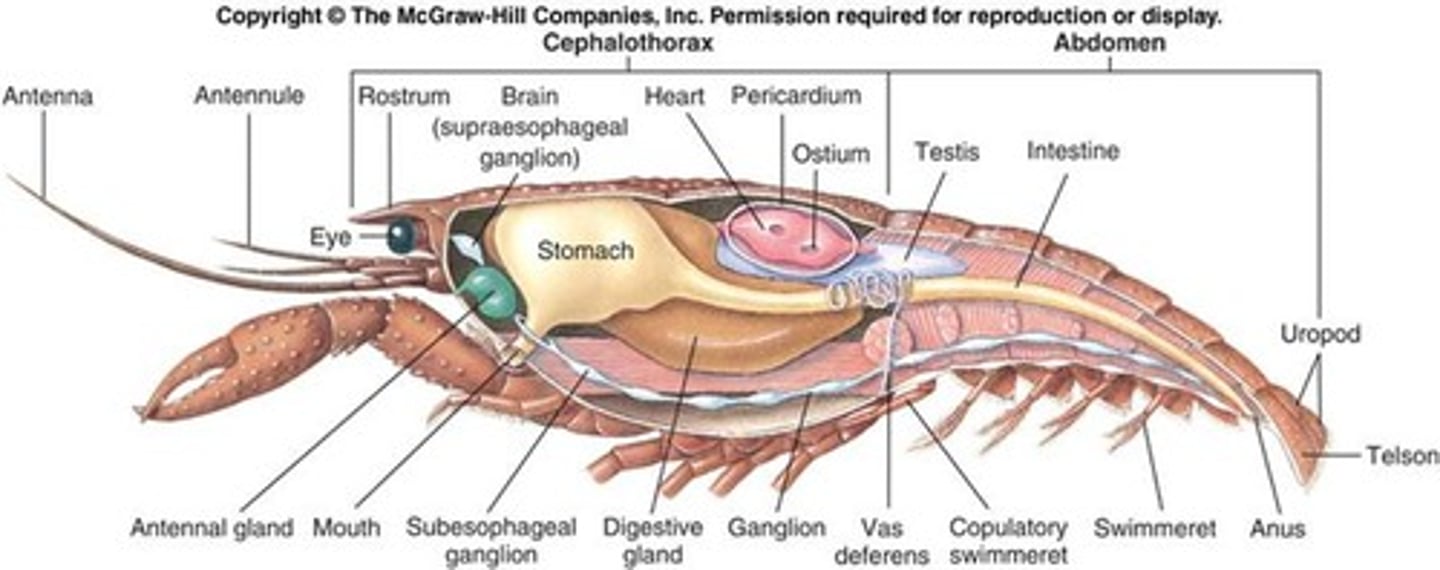
Pericardial sinus
Located around the heart -- collects blood
Anus
muscular opening at the end of the rectum through which waste material leaves the body
Nerve cord
Bundle of nerve fibers that runs the length of the body in many invertebrates
Digestive glands
break down food -- present in crustaceans, mollusks, and certain other invertebrates.
Green gland
Cleans the blood of imputities
Book lungs
Respiratory organs that are highly folded with many thin layers that look like pages
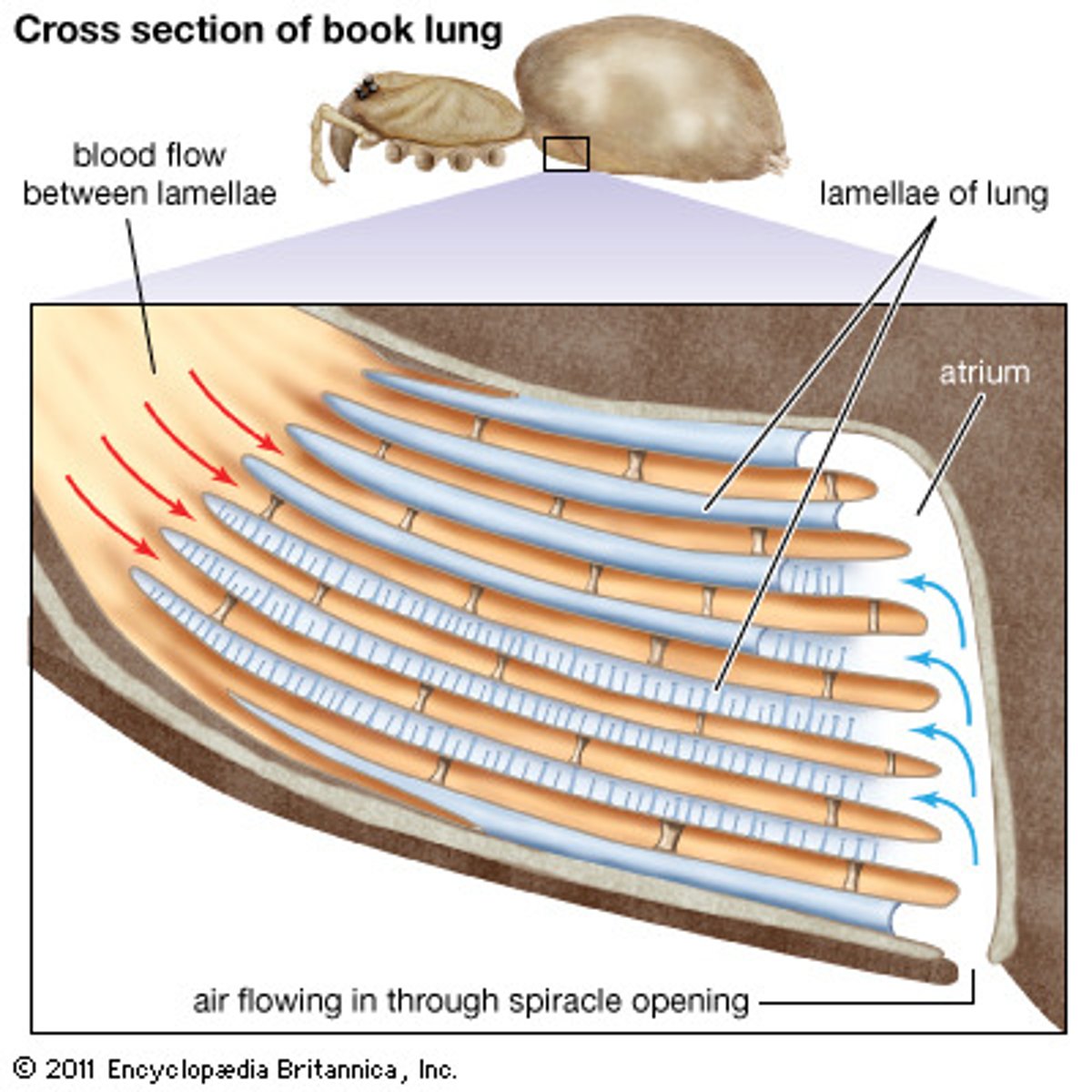
Respiration in insects
A network of tracheas connected to spiracles allow air to travel throughout the body
Coleoptera
Horny wings -- Beetles
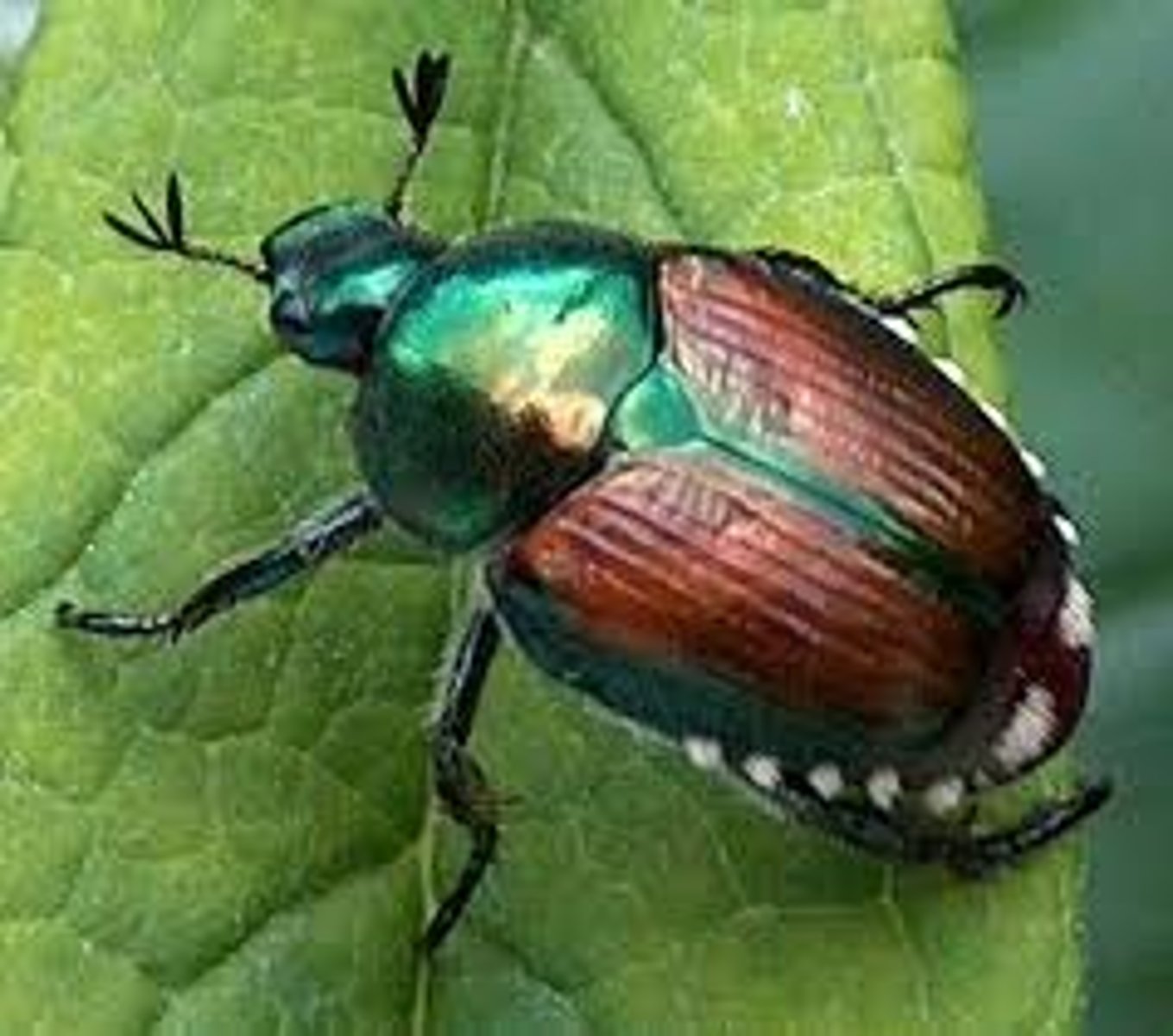
Orthoptera
Leather-like wings -- Grasshoppers and crickets
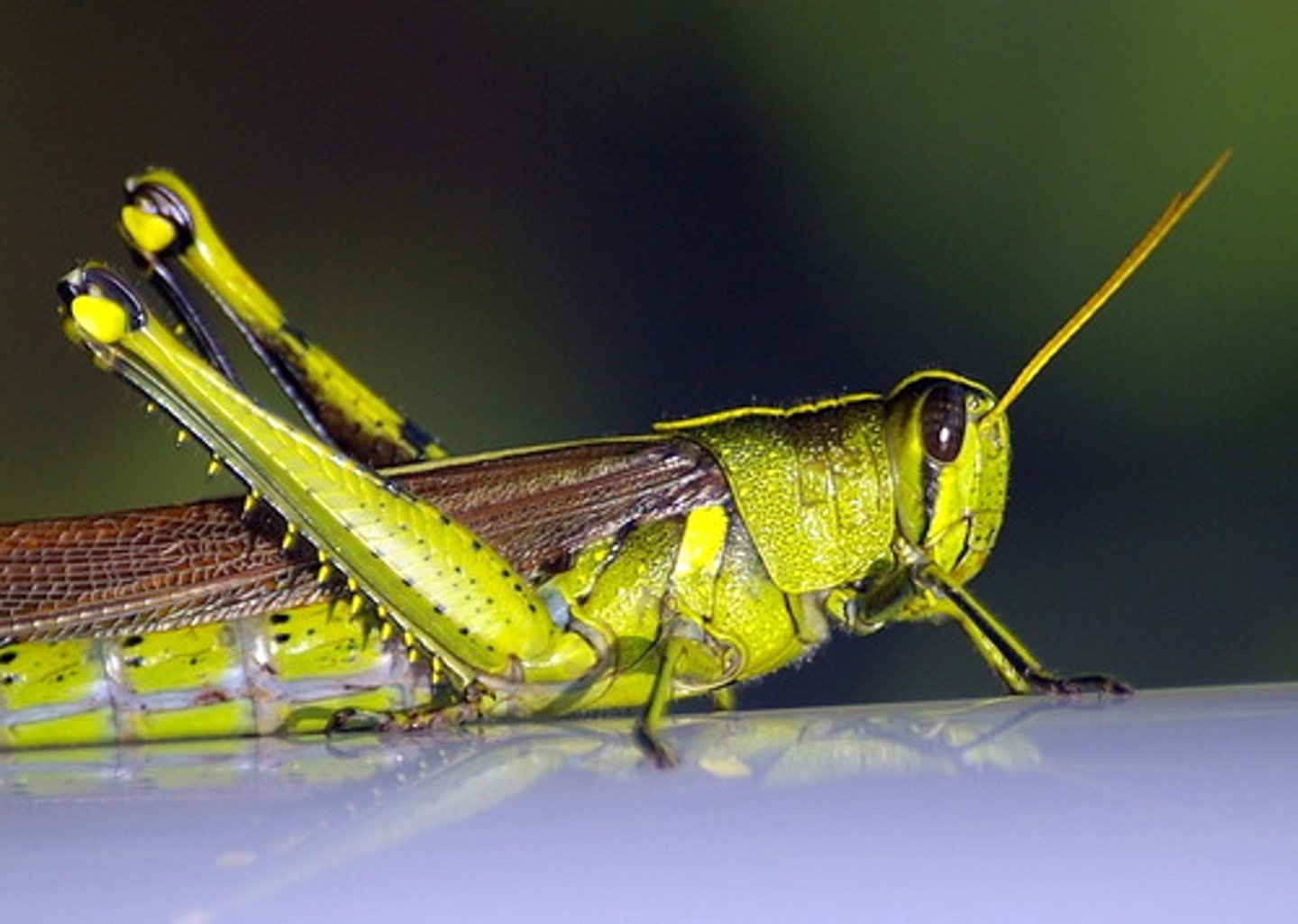
Lepidoptera
Scaled wings -- Butterflies and moths
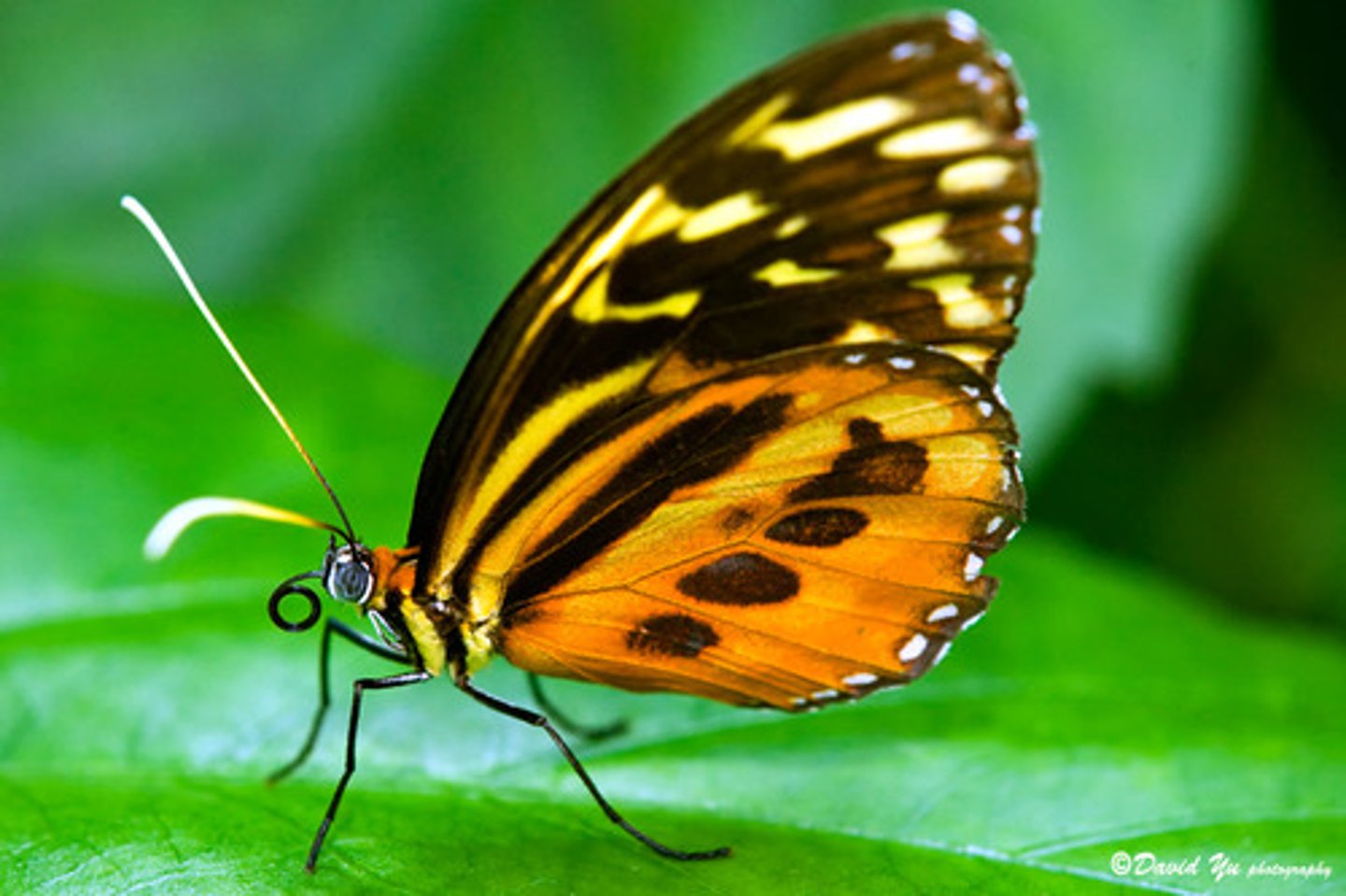
Hymenoptera
Social insects with membranous wings -- Bees, wasps, and ants
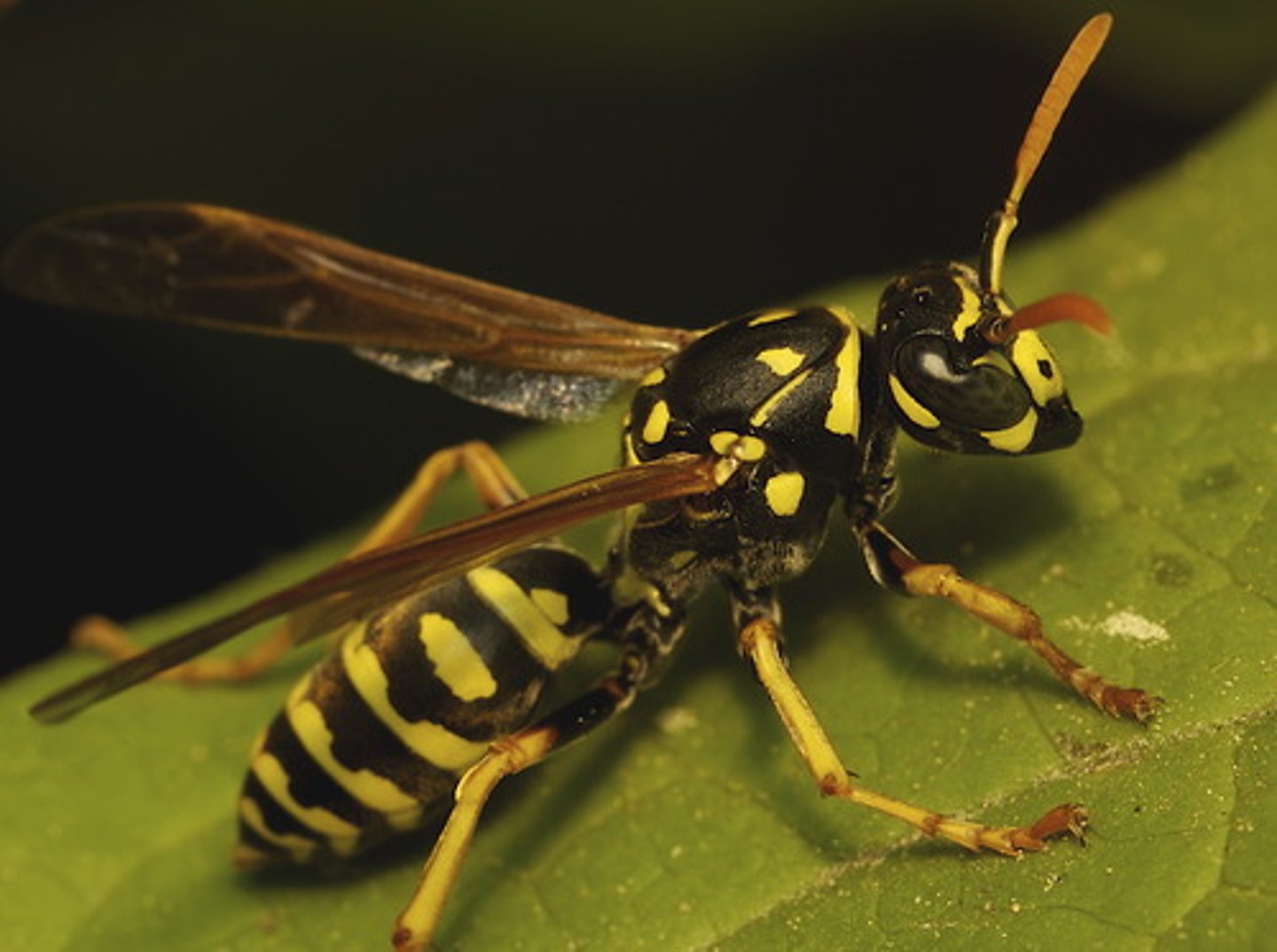
Diptera
Two membranous wings for flying and two membranous balancers -- Flies, Gnats, Mosquitoes
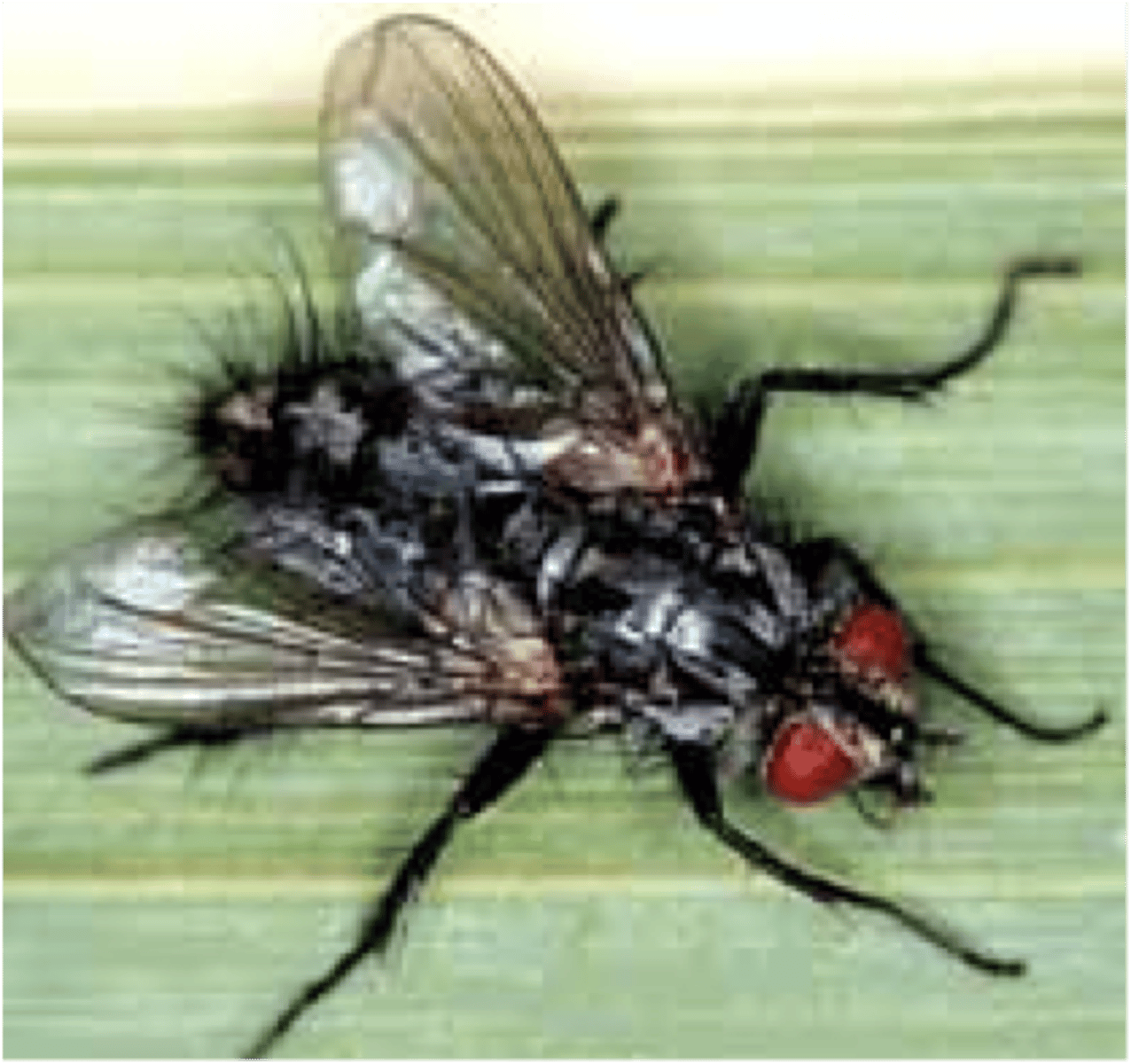
Sheet web
Single, flat sheet of sticky silk
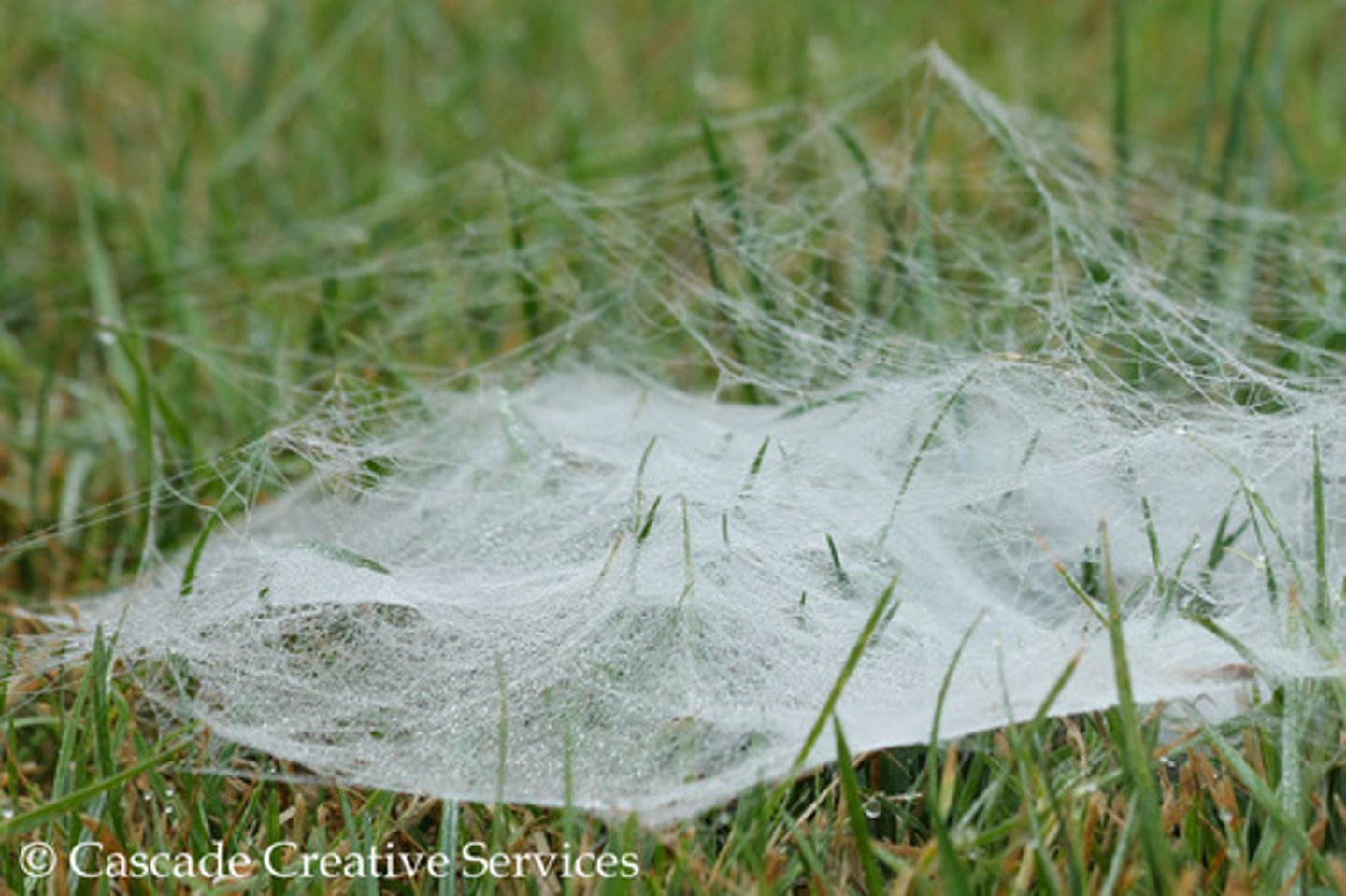
Tangle web
No real discernible pattern
Orb web
Consist of concentric circles of sticky silk supported by spokes of non-sticky silk
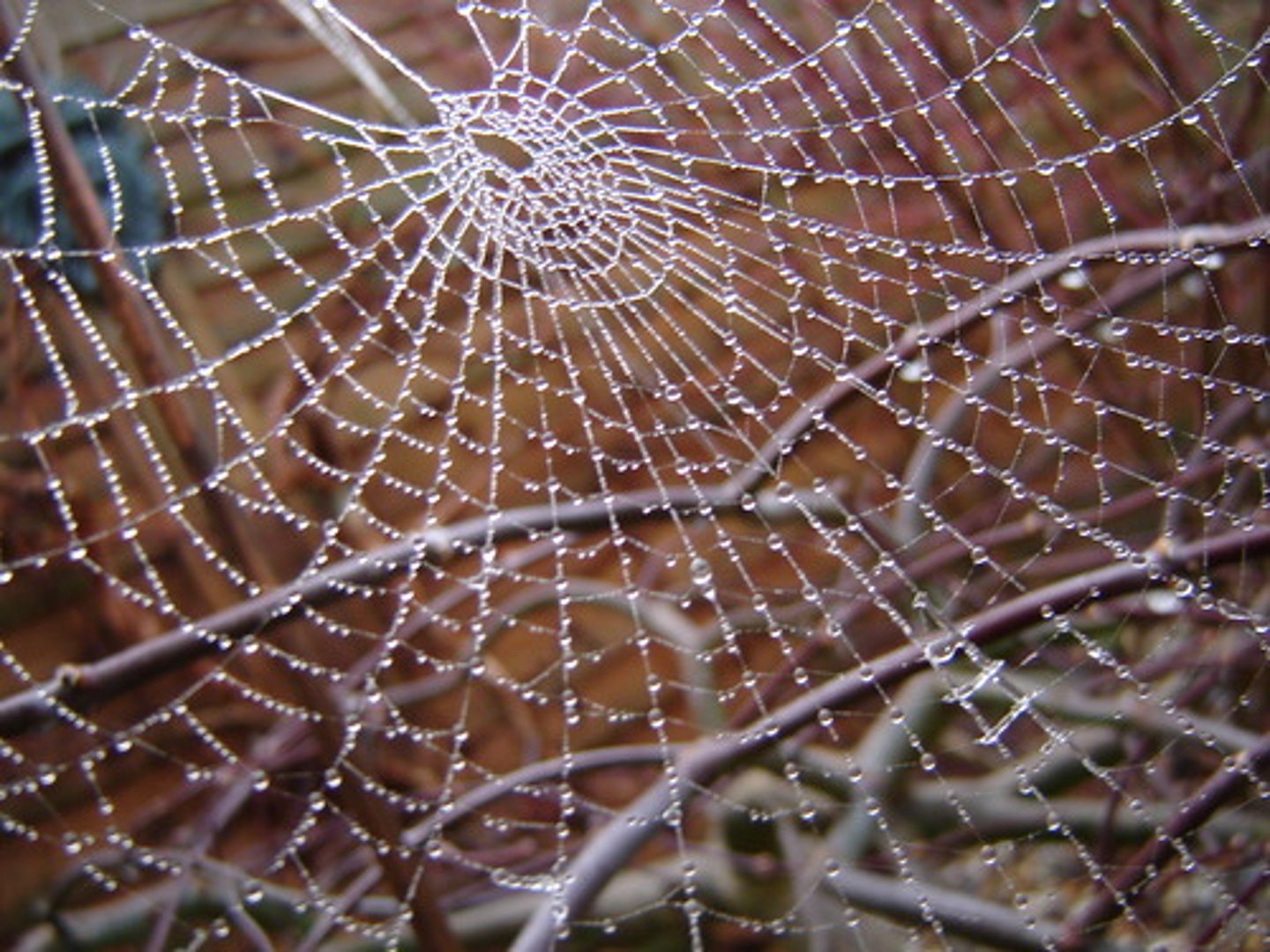
Arachnids
4 pair of walking legs
2 body segments
0 antennae
4 pair simple eyes
book lungs
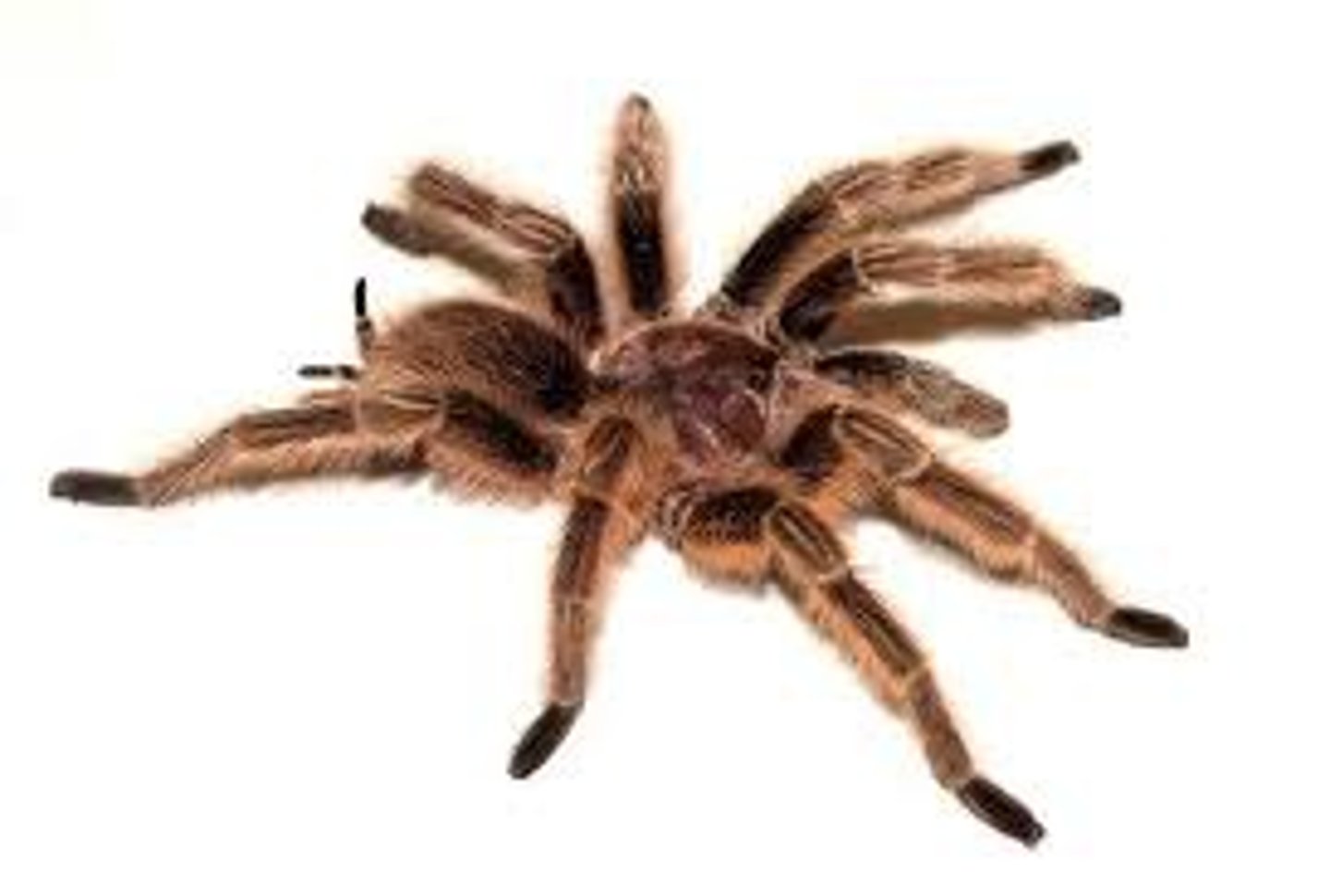
Insects
3 pair of walking legs
3 body segments
1 pair antennae
wings
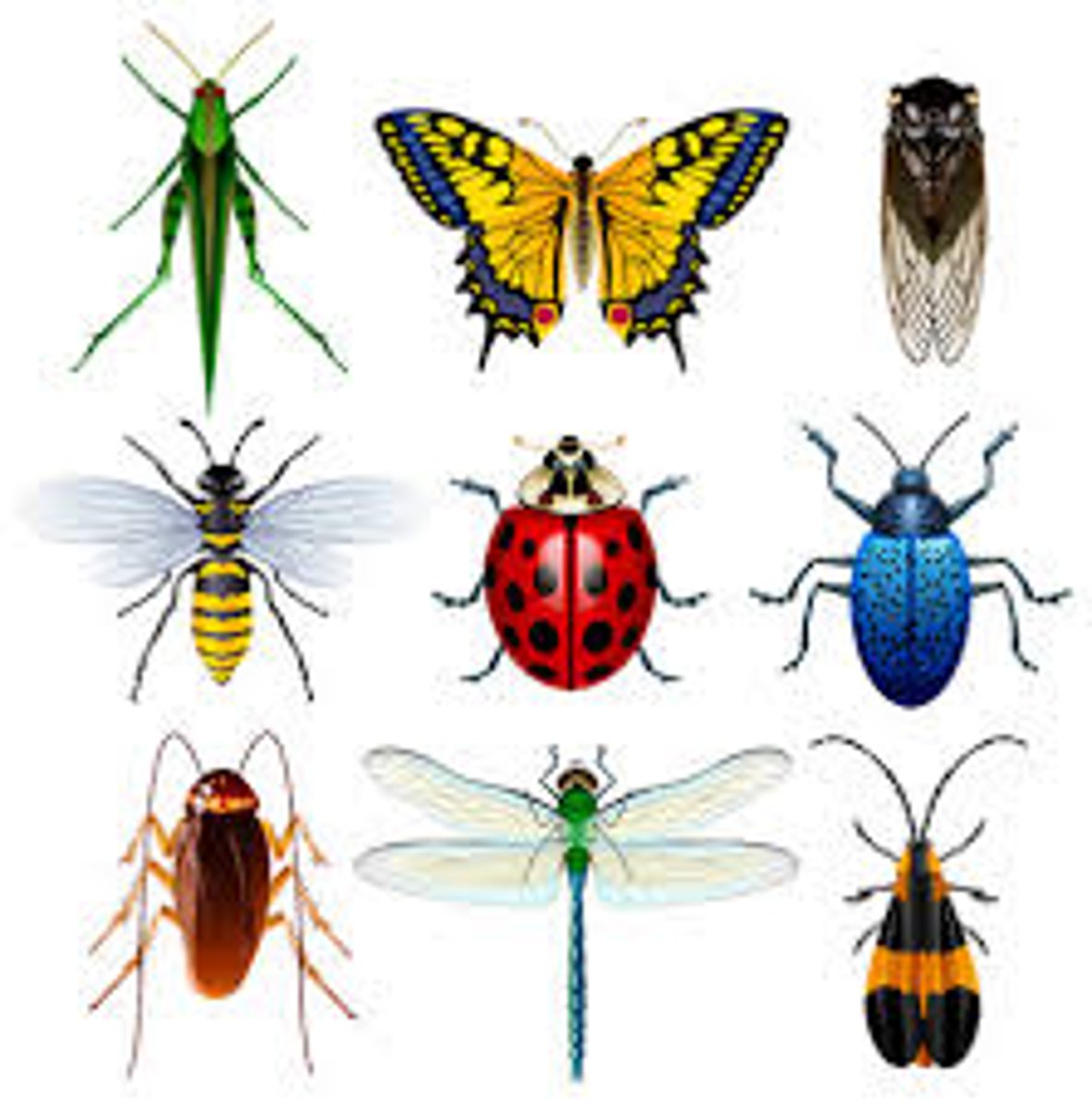
Arthropods
includes insects, arachnids, and crustacea
exoskeleton
segmented bodies
jointed appendages
open circulatory system
Crustacea
Usually aquatic
Cephalothorax covered by a carapace
2 pair antennae

Chelipeds
claws
